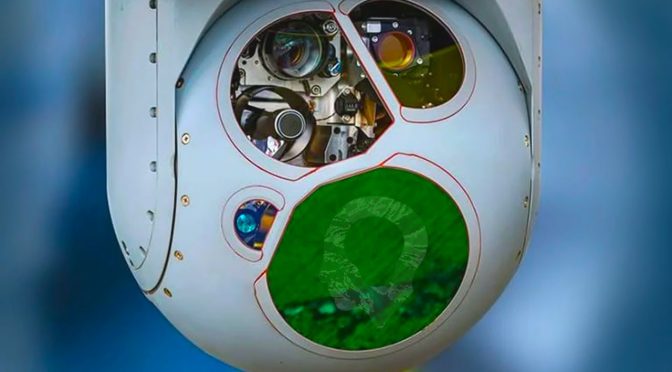The evolution of aerial surveillance technology has seen remarkable advancements, especially in the field of drone cameras. This article explores the intriguing innovations in drone camera technology, as presented by the YouTube channel New Mind in their video titled “The Terrifying Technology Inside Drone Cameras”. Discover the fascinating journey of drone cameras from their humble beginnings to the highly sophisticated systems they are today.
The Birth of Constant Hawk
The story of drone cameras began with a project called Constant Hawk, which was transferred to the U.S Department of Defense in 2005. MIT Labs led the research for this program, developing the first iteration of Constant Hawk’s optical sensor by combining six 11-megapixel CMOS image sensors. This cutting-edge technology allowed for real-time imagery analysis and wide-area surveillance, becoming a game-changer in intelligence, surveillance, and reconnaissance (ISR) missions.
Adapting to Changing Times
As technology advanced rapidly, Constant Hawk’s capabilities evolved, leading to the addition of night vision, increased sensor density, and full-color imagery processing. By 2013, the system was capable of generating almost 15 terabytes of reconnaissance data per hour. Its success led to the creation of other similar systems, such as Angel Fire and Kestrel, which were deployed in Afghanistan.
Enter Argus-IS
Argus-IS, or the Autonomous Real-Time Ground Ubiquitous Surveillance Imaging System, took aerial surveillance to new heights by introducing an astonishing 1.8 gigapixel imaging sensor. This DARPA project, contracted to BAE Systems, enabled the collection of pattern-of-life data and the ability to track individuals within the sensor field. Argus-IS has been used operationally throughout the world on various platforms, including UAVs, aerostats, and manned aircraft.
Speculation and Civil Liberty Concerns
With advancements in consumer CMOS imaging sensors and powerful image processing capabilities, the potential for unprecedented resolution and capability in surveillance technology has raised concerns regarding civil liberties and the possibility of mass deployment by foreign adversaries. As technology continues to advance, the balance between security and privacy remains a critical issue to address.
The Civilian Impact of Wide Area Motion Imagery
Interestingly, wide area motion imagery technology has also made its way into the civilian world. By leveraging data analysis techniques, such as machine learning and computer vision, this technology can detect and track moving objects across large geographical areas, providing valuable insights and intelligence.
Conclusion
As drone camera technology continues to evolve, it is essential to consider the potential implications and concerns it raises. The YouTube channel New Mind has brilliantly illustrated this journey, from the pioneering Constant Hawk to the powerful Argus-IS, demonstrating both the immense potential and the challenges associated with this groundbreaking technology.

